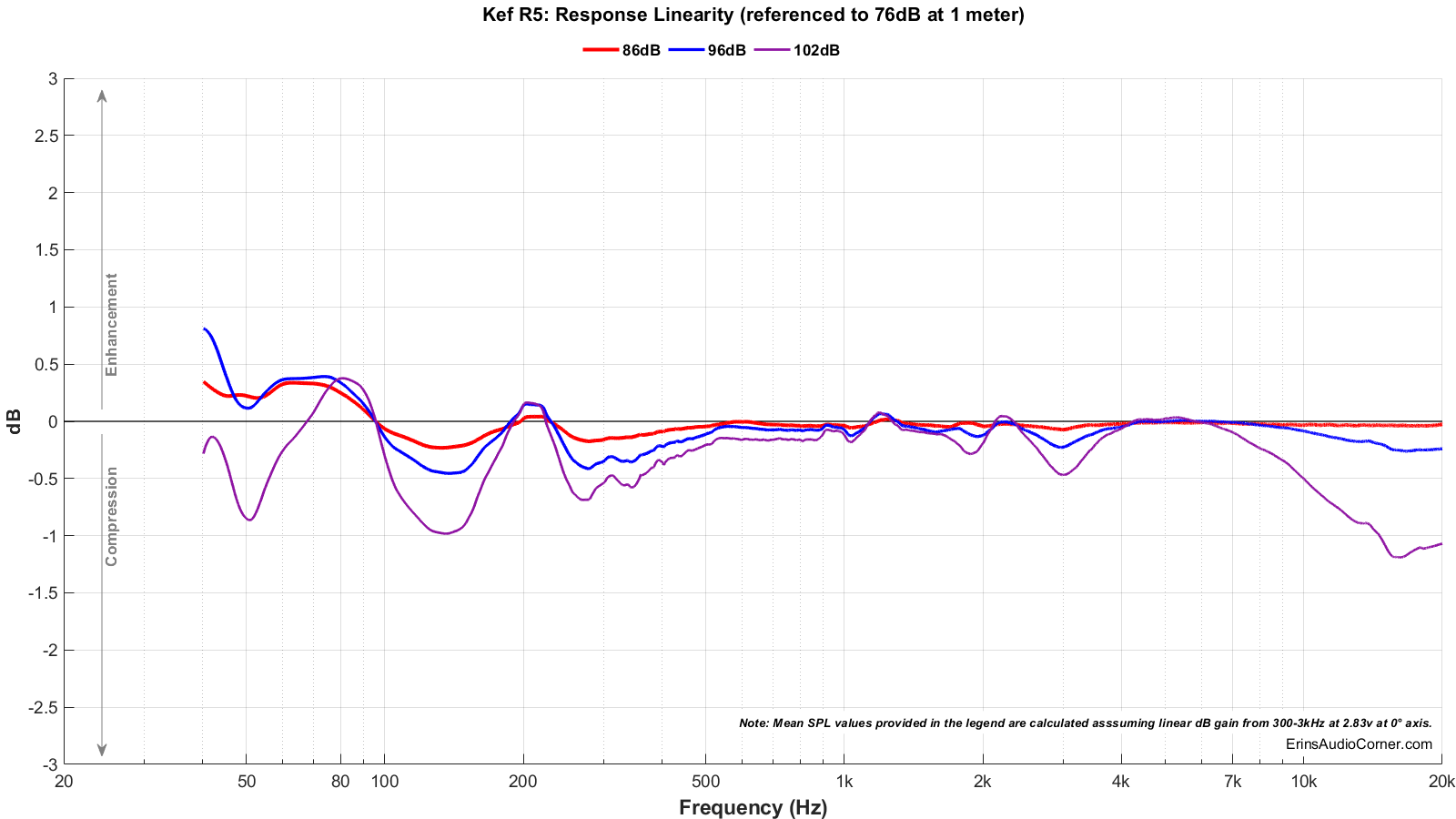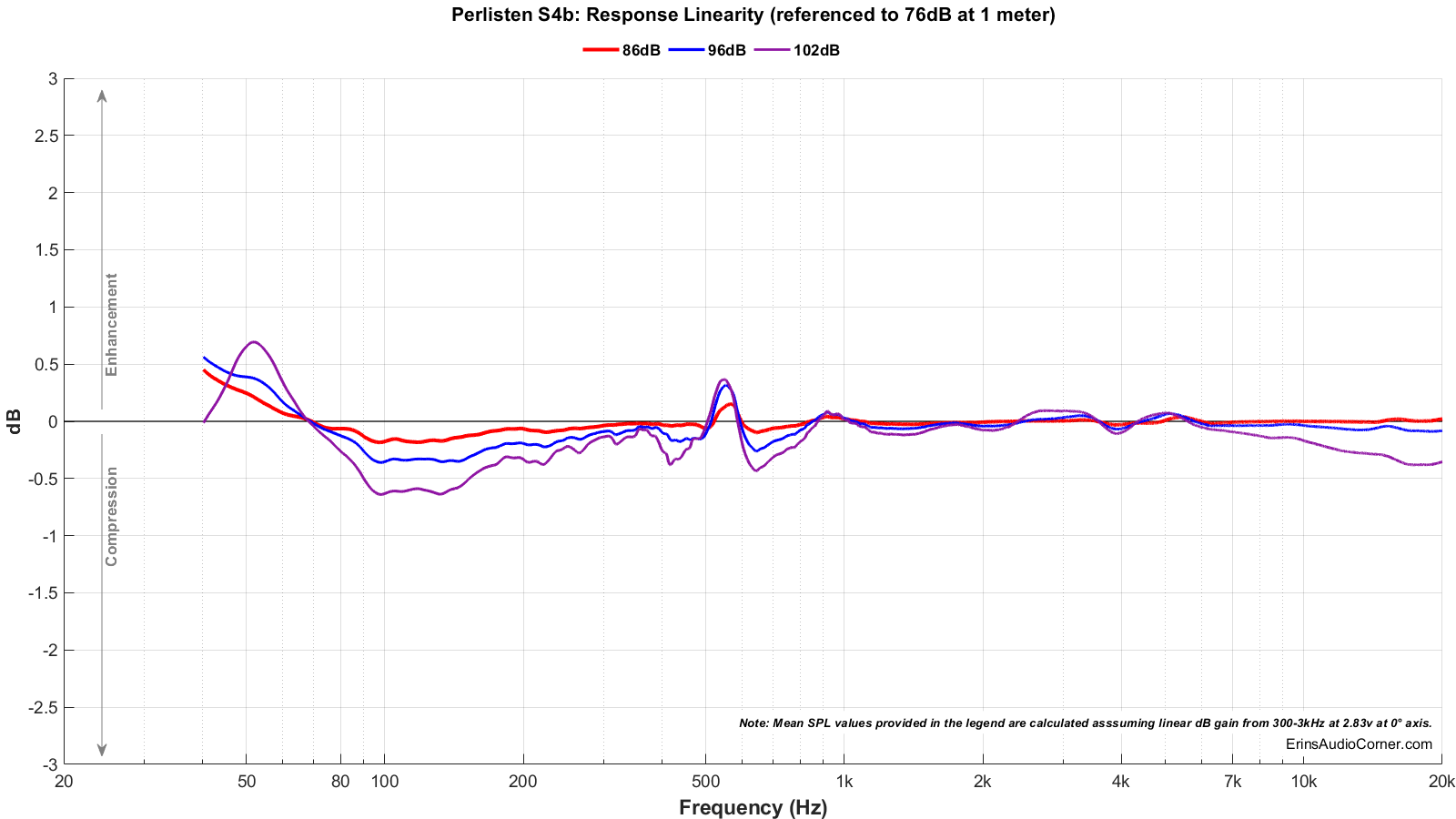I’ve already seen true anechoic and even NSF measurments of this exact speaker. There is virtually no meaningful difference above 300hz.
I'm a little ambivalent about it. We can compare the measurements (above 250Hz) of
Audioholics (AH),
ErinsAudioCorner (EAC) and the
manufacturer (MA).
If we compare the on-axis measurements, the differences between AH and EAC up to 9kHz are not very big. Above 10kHz it depends very much on the quality of the individual mic calibration file, because in this frequency range the microphone capsules usually show the biggest deviations.
The manufacturer measurement uses heavy smoothing and might based on a golden sample.
(Note, the scaling is only 30dB)
When comparing the listening window (LW), the differences are also not very large between EAC and AH, but diverging now, however, already above 7kHz.
However, if you follow the individual progressions of AH/EAC and MA, you could come to different tonal conclusions.
The "regression line" might already turn out differently because of different slopes.
(Note, the scaling is only 30dB)
When comparing the sound power (SP) frequency responses, you can hardly believe that it is the same speaker. SP is an "averaged" frequency response over all angles and one would expect that smaller deviations would be smoothed out by the "averaging".
Between 500Hz and 1kHz all measurements show differently pronounced humps, between 1kHz and 2kHz all measurements are unanimous and between 2-5kHz AH and MA are similar, EAC falls a bit out of line.
Above 5kHz the SP curve seems to be completely arbitrary.
To better see the trends, I have in the second diagram offset the SP frequency responses, but plotted them at standard 50dB scaling.

Based on these SP frequency responses, I would attribute different tonal characteristics to the speaker in each case. For example, 1dB deviation in the SP frequency response, over an octave, has clearly audible effects on a loudspeaker.
From that point of view, these could also be speakers from three different manufacturers.
It is, of course, a matter of defining what "meaningful differences" are. But it is not the case that the frequency response curves in the CEA-2034 visualizations of EAC, AC and MA would lead to completely identical interpretations of the measurements.








